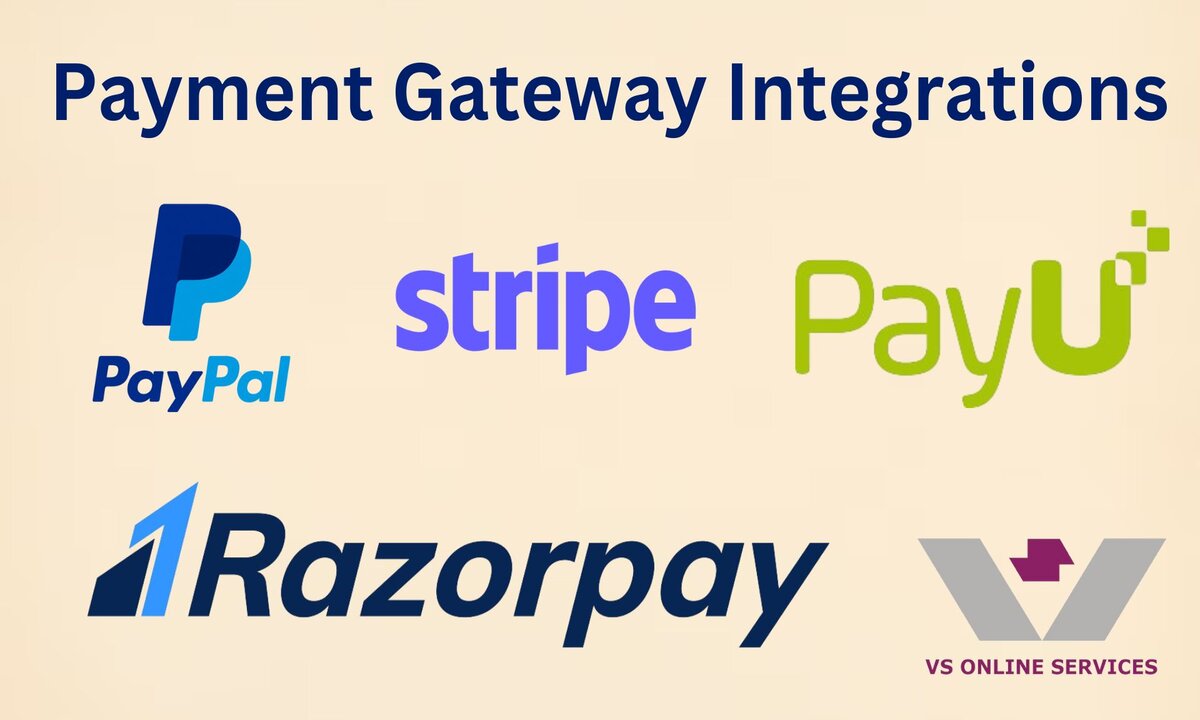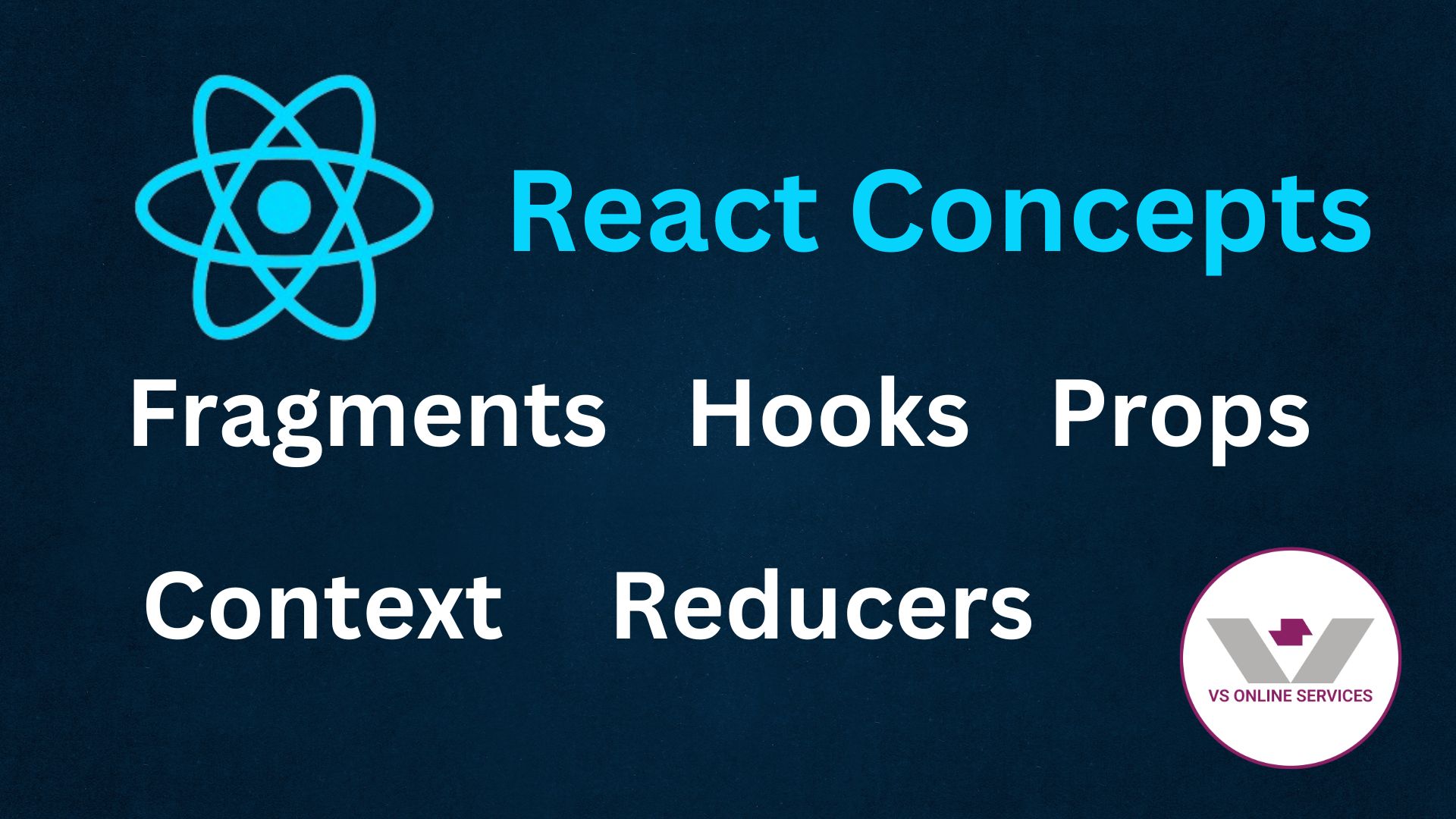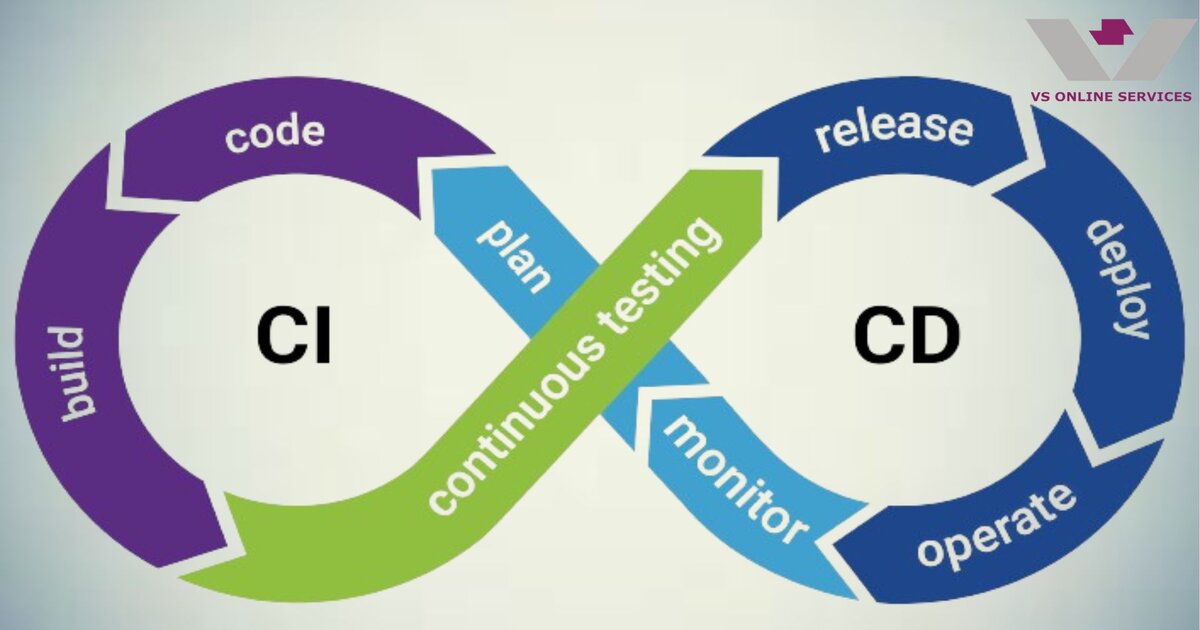26th May 2023
Choosing the Perfect IT Outsourcing Model

Choosing the Perfect IT Outsourcing Model
In the rapidly evolving world of technology, businesses are increasingly turning to IT outsourcing to stay competitive, reduce costs, and tap into specialized expertise. However, with a multitude of IT outsourcing models available, selecting the ideal one for 2024 can be a complex decision. This comprehensive guide will walk you through the various outsourcing options, highlighting their advantages and disadvantages, and provide a roadmap for making the right choice for your organization.
Certainly! Here's a detailed exploration of the various types of IT outsourcing:
Understanding IT Outsourcing
Before diving into the intricacies of IT outsourcing models, let's establish a clear understanding of what IT outsourcing encompasses. IT outsourcing involves contracting with external service providers to handle various aspects of your organization's IT needs. These services can range from software development and infrastructure management to technical support and cybersecurity.
Types of IT Outsourcing
IT outsourcing is a flexible strategy that allows organizations to delegate specific IT functions or projects to external service providers. Each type of IT outsourcing offers unique benefits and is suitable for different scenarios. Understanding these types can help you make an informed decision on which approach aligns best with your organization's needs. Here are the key types of IT outsourcing:
Staff Augmentation
- Overview: Staff augmentation involves hiring external IT professionals or teams to supplement your in-house workforce. These professionals work as an extension of your team, usually on a temporary or project-specific basis.
- When to Use: Staff augmentation is ideal when you need to quickly fill skill gaps, scale your team for specific projects, or access specialized expertise without the long-term commitment of hiring full-time employees.
Pros
- Flexibility: Easily scale your team up or down as needed
- Access to Expertise: Quickly tap into specialized skills.
- Cost-Efficient: Avoid the costs of hiring full-time employees.
Cons
- Limited Control: Less control over external team members.
- Integration Challenges: May face integration challenges with the existing team..
- Temporary Engagement: Suitable for short-term needs but may lack long-term strategic partnership.
Dedicated Team
- Overview: With a dedicated team outsourcing model, you hire an entire team, including developers, designers, project managers, and other IT professionals, who work exclusively on your projects. This team becomes an integral part of your organization and operates as an extended remote team.
- When to Use: Dedicated teams are a good fit for ongoing projects or when you require constant IT support and want to maintain control and close collaboration with the remote team.
Pros
- Control and Collaboration: Maintain direct control over the team and foster close collaboration.
- Long-Term Partnership: Build a long-term strategic partnership with the outsourced team.
- Scalability: Flexibility to scale the team up or down as your project evolves.
Cons
- Higher Initial Costs: May have higher upfront costs compared to other models.
- Management Overhead: Requires active management and communication with the remote team.
- Resource Availability: Availability of dedicated team members may be subject to local talent pool constraints.
Project-Based Outsourcing
- Overview: Project-based outsourcing is suitable for well-defined projects with predetermined scopes and timelines. You contract with an outsourcing vendor to complete a specific project or task.
- When to Use: Choose this model when you have a clear project with fixed requirements and deadlines, and you want the outsourcing vendor to take full responsibility for project delivery.
Pros
- Fixed Costs: Clear project costs and deliverables.
- Expertise in Delivering Outcomes: Vendors specialize in delivering specific project outcomes.
- Reduced Management Overhead: Vendor manages project execution.
Cons
- Limited Flexibility: Less flexibility to accommodate evolving project needs.
- Less Control: The vendor has more control over project execution.
- May Lack Ongoing Support: Not suitable for continuous support needs.
Understanding these types of IT outsourcing models is crucial for making an informed decision that aligns with your organization's goals and project requirements. Whether you need temporary expertise, a dedicated team, or assistance with specific projects, selecting the right outsourcing model is key to success.
"Choosing between the three IT outsourcing models based on the relationship involves following best practices."
| Criteria | Staff Augmentation | Dedicated Team | Project-based Outsourcing |
| Project Scope | It depends | Vague | Yes |
| Set Deadline | Usually, yes | Vague | Yes |
| Responsibility for Execution | Client company | Partially by client & vendor | The vendor |
| Project Management | Client company | Partially by client & vendor | The vendor |
| Client Involvement | Very involved | Medium involvement | Minimum involvement |
| Flexibility | It depends | High flexibility | Low flexibility |
| In-House Team Involvement | Yes | Partially | No |
Certainly, let's delve into location-based IT outsourcing models
Location-Based IT Outsourcing Models
The classification of outsourcing by location refers to the geographical proximity of the outsourcing provider to the client company. It plays a significant role in determining the dynamics of collaboration, communication, and overall outsourcing effectiveness. Here, we'll explore the primary location-based IT outsourcing models:
1.Onshore (Local) Outsourcing Model
- Overview: In the onshore outsourcing model, the client company collaborates with outsourcing providers within the same country or local region. This proximity ensures that the outsourcing team is geographically close, often within the same time zone and sharing a common language and culture.
Advantages
- Proximity: Similar time zones and geographical closeness facilitate real-time communication.
- Cultural Alignment: Shared culture and language often lead to better understanding and collaboration.
- Regulatory Compliance: Easier compliance with local laws and regulations.
Challenges
- Higher Labor Costs: Onshore outsourcing can be more expensive due to the higher cost of living and labor in the client's location.
- Limited Cost Savings: Potential cost savings may not be as significant as with other models.
2.Nearshore Outsourcing Model
- Overview: Nearshore outsourcing involves contracting with outsourcing partners located in neighboring or geographically close countries. While not in the same country, they are still relatively close in terms of time zone and geography.
Advantages
- Cost Savings: Offers cost advantages compared to onshore outsourcing while maintaining geographic proximity.
- Cultural Affinity: Similar time zones and cultural affinity make collaboration easier.
- Access to Wider Talent Pool: Access to a broader talent pool compared to onshore outsourcing.
Challenges
- Time Zone Differences: Although closer, there may still be time zone differences that require coordination.
- Cultural Differences: While similar, there can still be cultural nuances to navigate.
Selecting the right location-based IT outsourcing model depends on your organization's priorities, budget constraints, and the nature of your IT project. Onshore outsourcing offers the advantages of proximity and cultural alignment but may come at a higher cost. Nearshore outsourcing strikes a balance by providing cost savings while minimizing time zone and cultural differences.
By understanding these location-based outsourcing models, you can make an informed decision that aligns with your project's requirements and ensures effective collaboration with your outsourcing partner.
Key Factors when Selecting the Ideal IT Outsourcing Model
Choosing the perfect IT outsourcing model for 2023 involves a multi-faceted evaluation. Here are five key factors to consider
- Comfort to Work with Each Other: Building a comfortable and productive working relationship with your outsourcing partner is essential. Effective communication, cultural alignment, and shared goals are critical for successful collaboration.
- Business Understanding by the Technical Team: Ensure your outsourcing partner's technical team possesses a deep understanding of your business goals, industry, and target audience. This alignment ensures that technical solutions meet your strategic objectives.
- Logical Skills by the Engineering Team: The logical and problem-solving skills of the engineering team are vital. They should be capable of tackling complex IT challenges and developing innovative solutions.
- Value, Time & Money: Balancing value, time, and cost is crucial. Evaluate the total cost of ownership (TCO), including initial setup costs, ongoing maintenance, and scalability. Prioritize value over the cheapest option, as quality often pays off in the long run.
- Quick Bug Fixes and Technical Support: In the dynamic digital landscape, quick bug fixes and robust technical support are essential. Your outsourcing partner should have effective mechanisms in place for identifying and resolving issues promptly to minimize downtime.
For further insights, you can watch this informative YouTube video on "How To Choose your Software Development Partner" by our Founder & CEO, Sivakumar Anirudhan, at
Conclusion
Selecting the perfect IT outsourcing model for 2024 is a pivotal decision that can significantly impact your organization's efficiency and competitiveness. By carefully evaluating your organization's unique needs, goals, and the factors outlined in this guide, you can make an informed choice that aligns with your strategic vision. In a rapidly changing technological landscape, the right outsourcing partner can be a valuable asset in achieving your business objectives.




